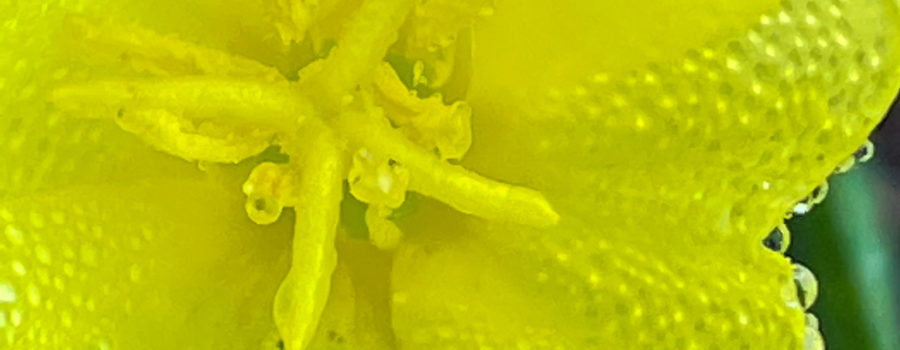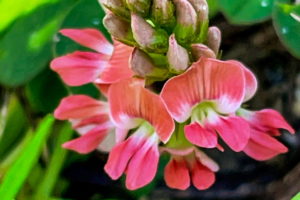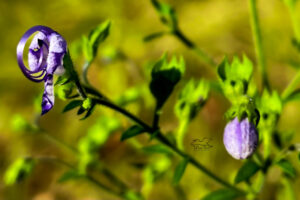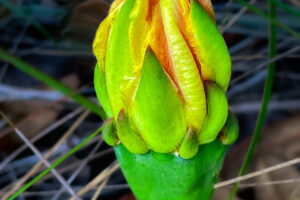Cutleaf Evening Primrose Is a Beautiful and Useful Weed

Back in February, we started seeing our very first flowering plants starting to bloom down here in Florida. Several kinds started in small numbers at about the same time. One of the prettiest of these early bloomers, in my opinion, is cutleaf evening primrose. At night and early in the morning, it has a yellow, four petaled flower. As the sun comes up, the flowers start to wilt, and by the end of the day, they are finished. While in the process of wilting, the closed flowers can also be attractive. The closed petals become a pinkish to orangish color that eventually fades to brown. One of the advantages of being up and at work early in the morning, other than being able to see and photograph some amazing sunrises, is being able to catch the cutleaf evening primrose flowers before they start to close. One of the things I have noticed this year since I have paid more attention to the cutleaf evening primrose, is that the flowers do stay open a little longer on overcast or wet days.

Cutleaf evening primrose is native to the Eastern United States, but has been introduced into many other parts of the world, too. It is considered a weed in many places and an ornamental in others. It likes open areas with well drain sandy or lime rock soil, particularly in disturbed areas like roadsides, construction sites, culverts, or farm fields. One of it’s many uses is as a “patch” to help heal disturbed areas and allow other plant life to come in behind it after it’s roots have helped to hold some of the soil in place. In farm fields and pastures, though, it can be a serious nuisance. It can reproduce both via seeds and and by root division, so it can sometimes out compete crops in farm fields or more nutritious forage in pastures.

Interestingly, although grazing animals will only occasionally eat it, cutleaf evening primrose is eaten by people. It is said to have a sharp peppery taste to it (which may explain why most animals don’t care for it), but if it is boiled, especially for longer periods of time, that sharp flavor can be mellowed. Generally, most people don’t eat it raw (although some do in salads), but rather the leaves, flowers, stems, and fruit are either boiled or steamed and used similarly to other types of cooked greens. The roots can also be harvested, pealed, and boiled. Some native Americans also used to made a tea from the leaves.

Even though cutleaf evening primrose is not nearly as famous for it’s medicinal uses as it’s close relative, evening primrose, it has been used for a lot of the same ailments. The most notable use, of course, is as a treatment for PMS and it’s associated symptoms. But in the past the primroses have also been used as a poultice for treating bruises, muscle soreness, and wounds. A tea made from the leaves is also said to settle the stomach. Today, primrose is mainly used as a dietary supplement since it is a good source of fatty acids, especially the essential fatty acids, which are ones the body can’t make for itself.





Recent Comments